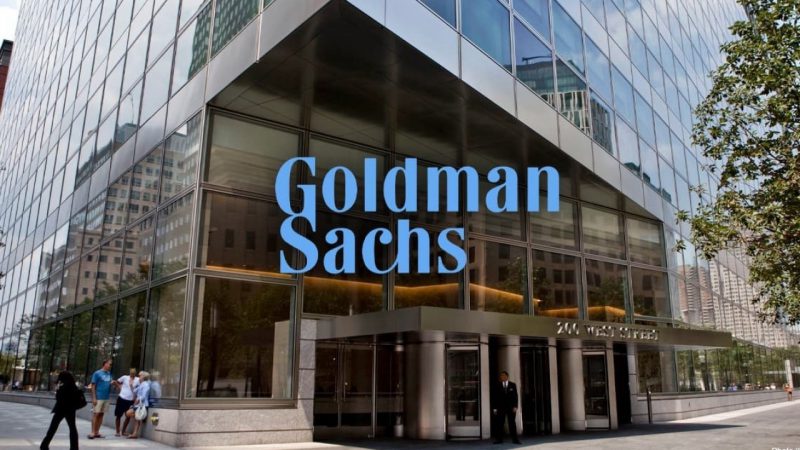The recent collapse of Silicon Valley Bank, and other financial institutions like Silvergate and Signature, took the masses by surprise. Soon, there was chaos and panic all over. Customers started flooding large U.S. banks with requests to transfer their funds from small lenders.
JPMorgan Chase, Citigroup, and other big financial institutions have reportedly been trying to accelerate their “on-boarding” process. This is being done to accommodate customers who wish to carry out immediate transactions. Parallelly, other companies—like DCG—have already started looking out for new banking partners. The likes of HSBC, Deutsche Bank, and Santander are reportedly “willing” to cater to crypto clients.
Also Read: HSBC, Deutsche Bank, Santander ‘Willing’ To Cater To Crypto Clients
Goldman bought SVB’s bond portfolio for $21.45 billion
Now, a new revelation pointing towards, what may have instigated Silicon Valley Bank’s failed capital raise has surfaced. According to a recent regulatory filing, Silicon Valley has said that Goldman Sachs bought $21.45 billion of its securities before regulators took over the bank.
Silicon Valley Bank reportedly encountered a $1.8 billion loss after tax on the sale of those securities. Notably, they had a book value of $23.97 billion and were mostly U.S Treasuries and mortgage-backed securities. The bank allegedly sold the portfolio to Goldman Sachs “at negotiated prices.”
The bank launched a share sale to refine its balance sheet post the nearly $2 billion loss. That eventually eroded the depositor confidence, instigated the bank run, and triggered its collapse and subsequent federal takeover.
Series of events that led to the sale
Before the collapse of the bank, ratings firm Moody’s reportedly informed SVB that it was “preparing to downgrade the bank’s credit.” A recent Reuters’ report pointed out that SVB Chief Executive Greg Becker’s team called Goldman Sachs’ bankers for advice because they were worried that the downgrade could dent the investor confidence and impact the financial health of the bank.
The bank worked on a plan over the weekend to elevate the value of its holdings. It was supposed to sell more than $20 billion worth of low-yielding bonds and divert the proceeds towards other assets that deliver higher returns. Unnamed sources told Reuters the transaction would generate a loss, but if the bank could “fill that funding hole by selling shares, it would avoid a multi-notch downgrade.”
In fact, as reported earlier, private equity firm General Atlantic agreed to buy $500 million of the $2.25 billion stock sale, while another investor could not come to a deal on SVB’s timeline. Nevertheless, the General Atlantic investment fell apart as the firm ended up walking away.
Thus, the bank’s great-grand plan ended up backfiring. By March 8, the bank sold the bond portfolio for a $1.8 billion loss. As soon as the news of the share sale started doing the rounds, clients became apprehensive and started withdrawing their deposits. That was accompanied by SVB’s 60% stock plunge on March 9, and the rest is now history.
Also Read: Silicon Valley Bank Plunges 60%: A Banking Crisis Ahead?





